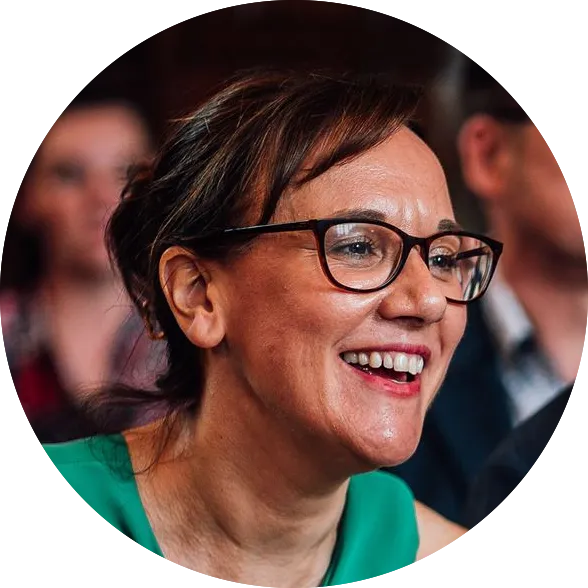OnlineEd 2023

How Universities are Adapting to Support Neurodiverse Students
It’s estimated that around 15-20% of the world’s population has a specific learning difference such as ADHD, autism, or dyslexia. In the US alone, 20% of undergraduate students have reported a disability, including neurodiverse diagnoses.
Scientists and practitioners have led the way in re-defining neurodivergent conditions as ‘different methods of learning and processing information’, and with a few adjustments, students can enjoy a successful and fulfilling academic experience.
The emphasis is growing on universities to introduce services, initiatives and tools that can help their neurodiverse student communities to thrive in the higher education environment and we’ll look at some of the assistive technologies institutions are adopting to support their students.
What others say
OnlineEd 2022 provided me with the opportunity to peek through the digital windows to see what is happening worldwide in this field. This helps me to grow my own practice and in turn helps students.
A very insightful Teaching and Learning conference for the Online environment!!! This was for me the most enjoyable virtual conference since the start of online conferences.
HS OnlineEd events provide me with invaluable insight into the current state of higher education. The presentations cover a variety of topics with practical applicability to online academic operations from a global perspective. It's always a pleasure learning from such a knowledgeable team of experts.



